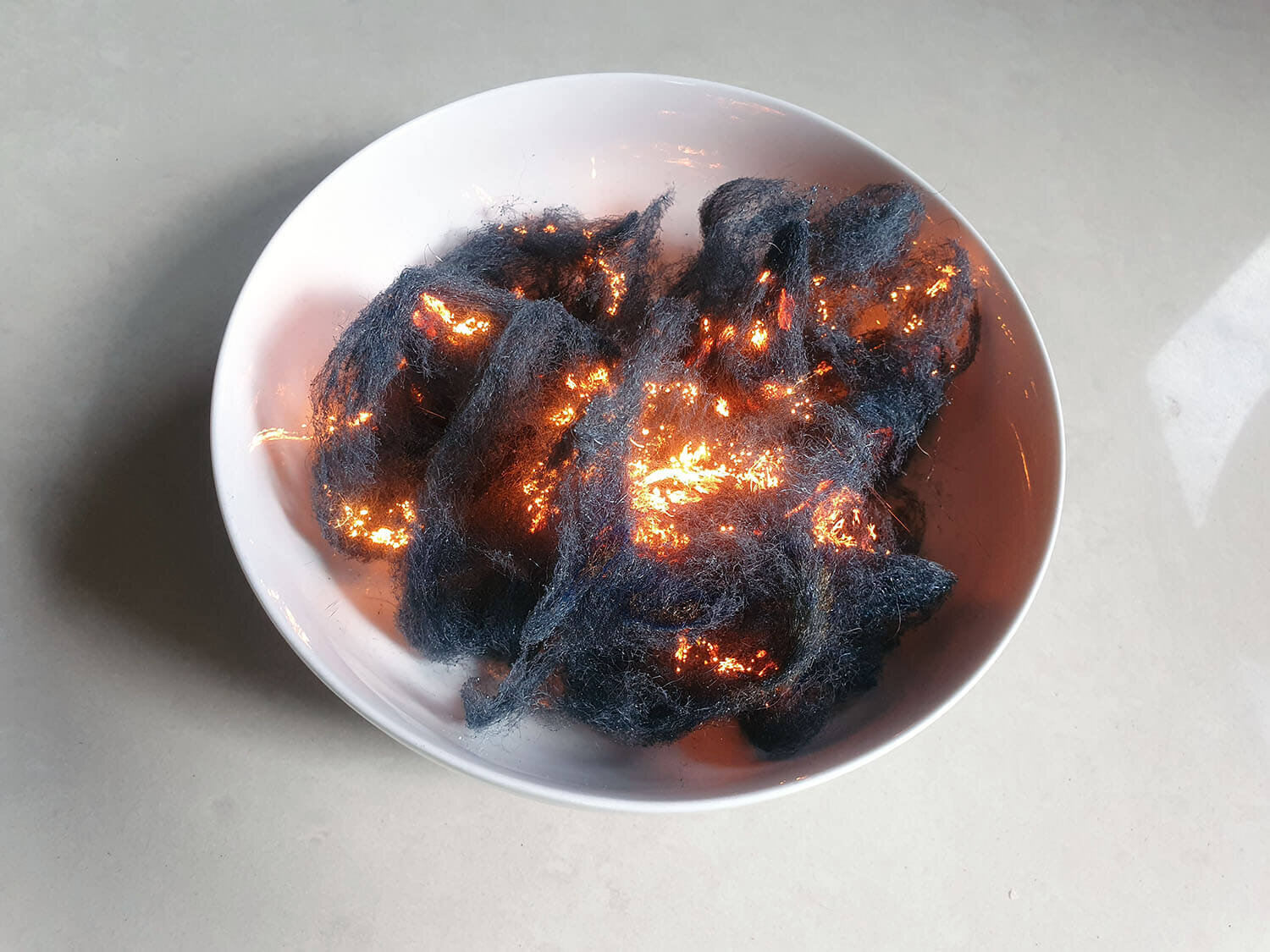Steel Wool Reaction Experiment
This super simple steel wool experiment is a fun way to learn about electricity, physics, and chemistry… to some, it might even look like magic!
REMEMBER: always ask permission from a grown-up before trying this experiment
What you need:
Fine steel wool – we picked ours up from Bunnings
A 9-volt battery
A heatproof container
How to stay safe:
Before trying this experiment…
Ask a caregiver for permission and to monitor your experiment with you.
Tie back long hair and ensure there will be no loose clothing near your experiment.
Do your experiment away from flammable items or liquids.
Once the reaction begins, do not touch the steel wool. It will be very hot for some time afterwards, so make sure you have somewhere safe to leave it to cool down and dispose of the steel wool carefully.
What to do:
Pull the steel wool apart so that it forms a loose ball.
The more air there is between the steel wool fibres, the better the experiment will work.Place the steel wool in your heatproof container and place it somewhere where the experiment won’t accidentally ignite anything nearby.
Gently touch the ends of the battery to the steel wool and watch the chemical reaction…
DO NOT touch the steel wool while the reaction is taking place, or directly afterwards - it will be extremely hot.
Explaining the science:
When both ends of the battery are touched to the steel wool, the electrons from the battery move quickly through the steel wool fibres, making a complete circuit.
The electrical current heats the wire to over 300 Degrees Celsius! This heat then causes the iron in the steel wool to react with the oxygen surrounding it.
The reaction creates the spark that we see and the release of heat that causes the next iron molecules to heat up… causing the chain reaction throughout the steel wool.
Experimenting further:
Try weighing the steel wool before and after your experiment.
The weight of the wool should increase after you have completed the experiment. This is because the reaction of the iron and oxygen creates a new substance called Iron Oxide (FeO2). Iron Oxide is heavier than iron, making it weigh more.Try different steel wool (with different thicknesses). Do they create a different reaction? If so, why?
Gently blow the steel wool while it is reacting. Does it speed up or slow down the reaction? Why?
Did you give it a go?
Send us a photo of your reaction in progress and you might find it featured in a future issue of Upstart magazine… AND win a prize!







